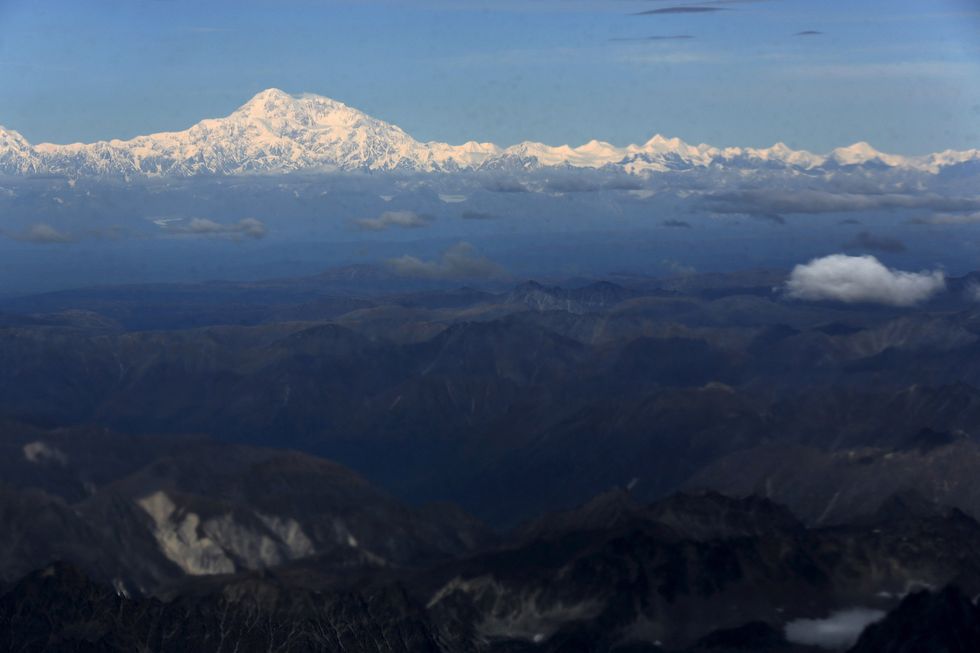The vast, untamed expanse of the National Petroleum Reserve-Alaska (NPR-A), spanning nearly 23 million acres of northern Alaska, stands at a critical juncture. Despite its industrial moniker, this immense tract of public land is far more than a mere fuel depot; it is a vibrant, irreplaceable ecosystem vital for wildlife, Indigenous communities, and global climate stability. However, its future hangs in the balance as the Trump administration unveiled a plan on June 17, 2025, to open nearly 82% of this fragile landscape, including some of its most ecologically sensitive zones, to expanded oil and gas development. The public comment period on this consequential proposal is set to close swiftly on July 1, underscoring the urgency for immediate engagement to safeguard this crucial Arctic wilderness.
Originally designated in 1923 by President Warren Harding as an emergency oil supply, the NPR-A’s management evolved significantly in the 1970s. Transferred to the Department of Interior under the Naval Petroleum Reserves Production Act, this congressional mandate explicitly requires the Secretary of the Interior to ensure “maximum protection” for its “significant subsistence, recreational, fish and wildlife, or historical or scenic value” alongside energy development. The Bureau of Land Management, responsible for overseeing the reserve, identifies and protects these critical zones as “special areas.” The current administration’s proposal seeks to dramatically expand drilling access from approximately 11.7 million acres to over 18.5 million acres, directly targeting these protected special areas, aligning with a broader strategy to boost U.S. oil drilling and deregulate the industry.
Ecologist Mariah Meek, an Associate Professor of Integrative Biology at Michigan State University, underscores the profound ecological value of the NPR-A, a landscape she has studied for over two decades. This reserve is a vital sanctuary for numerous Arctic species, including three of the four caribou herds on Alaska’s North Slope, which undertake some of the planet’s longest overland migrations. It provides indispensable calving, foraging, migratory, and winter habitat for these populations, which have faced sharp global declines. Moreover, the NPR-A is globally significant for migratory birds, hosting some of the highest densities of breeding shorebirds on Earth—an estimated 72% of Arctic Coastal Plain shorebirds, totaling over 4.5 million birds. This includes the yellow-billed loon, whose largest U.S. breeding population is concentrated here. Expanding oil and gas drilling threatens to disrupt these delicate ecosystems and the intricate life cycles they support.
Beyond its ecological significance, the National Petroleum Reserve-Alaska holds profound cultural and existential importance for Indigenous communities, particularly the Iñupiat people. Their livelihoods, food security, cultural identity, and spiritual practices are intricately interwoven with the health of these lands, waters, and the wildlife they sustain through subsistence hunting and fishing. Disturbing pristine habitats, fragmenting landscapes, and introducing industrial activity directly imperil a way of life that has thrived in harmony with the Arctic environment for millennia. The proposed removal of protections for areas like the Colville River and Teshekpuk Lake, both critical for wildlife and Indigenous communities, highlights the direct threat to their heritage and future.
While drilling might not encompass the entirety of the vast NPR-A, the impacts of oil and gas operations are far-reaching, extending well beyond the immediate drill sites. Extensive infrastructure, including roads, pipelines, airstrips, and gravel pads, can fragment the landscape, altering natural water flow, the timing of ice melt, and disrupting crucial reproduction and migration routes for wildlife dependent on large, connected habitats. The ConocoPhillips’ Willow drilling project, approved in 2023, offers a stark illustration of this extensive footprint, involving hundreds of miles of ice roads, pipelines, and a processing facility, all contributing to a radiating impact that undermines the ecological integrity of the entire region. Animals, sensitive to noise, light, and human activity, are forced to alter their behavior, impacting their health and reproductive success, with research showing persistent avoidance by caribou mothers and their calves.
The long-term consequences of extensive oil and gas development are well-documented in areas like Alaska’s Prudhoe Bay, the largest oilfield in the U.S. Decades of operations there have led to widespread pollution, including hundreds of oil spills and leaks, significant habitat loss, shoreline erosion, and extensive permafrost thaw. This thaw, exacerbated by industrial activity, not only releases vast amounts of climate-warming carbon long locked in the tundra’s wetlands and permafrost—a critical concern as the Arctic warms nearly three times faster than the global average—but also threatens the stability of the industry’s own infrastructure. The decisions made today regarding the NPR-A will directly influence the pace of climate change and the resilience of a globally significant carbon sink.
As the public comment period draws to a close on July 1, the urgency to protect the National Petroleum Reserve-Alaska becomes paramount. The choices made by the Trump administration and the subsequent public response will determine the fate of one of the last truly wild ecosystems in the United States and a cornerstone of Arctic biodiversity. For generations to come, the ecological health of this immense wilderness, its invaluable wildlife, and the sustainability of Indigenous cultures depend on the actions taken—or not taken—in these pivotal moments. Ecologists and conservationists urge a collective stand to ensure the maximum protection promised to this vital land.
Discover more from The Time News
Subscribe to get the latest posts sent to your email.



